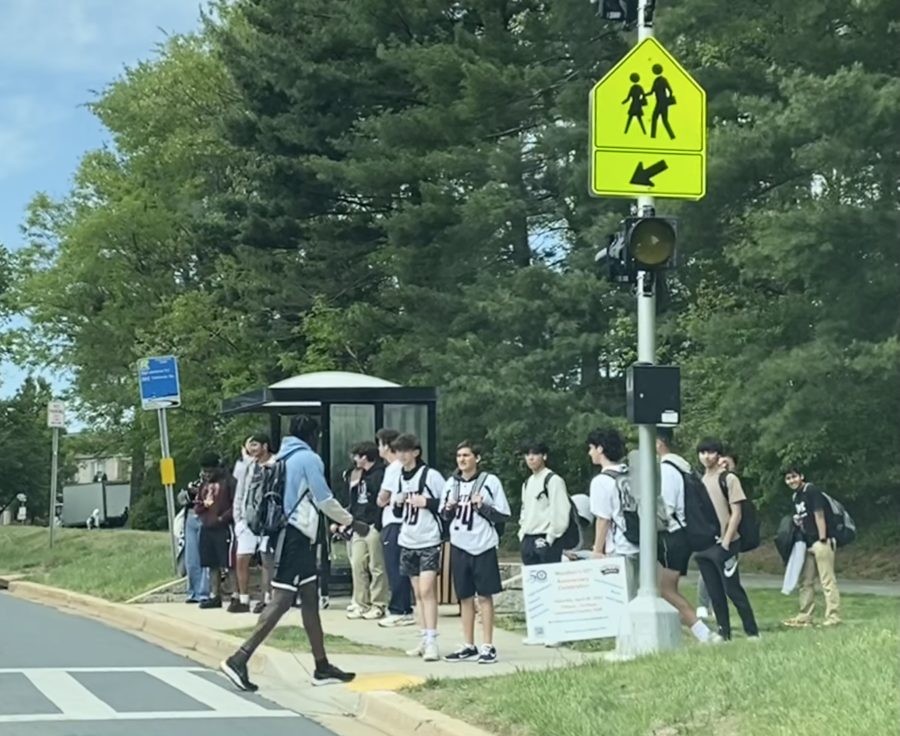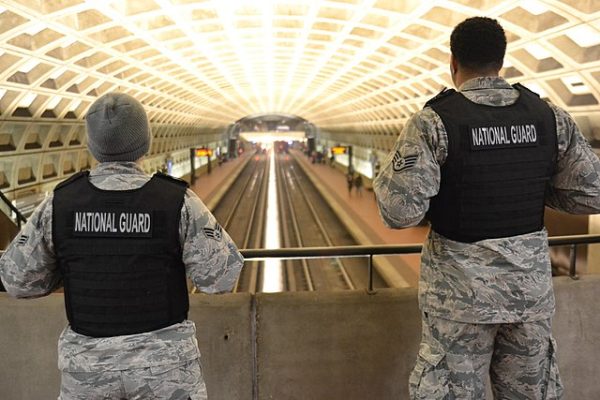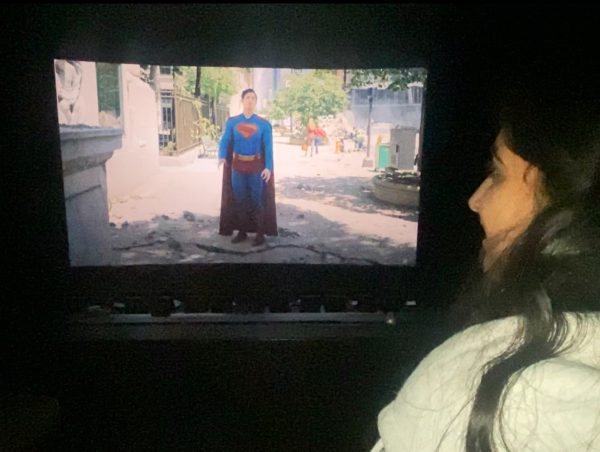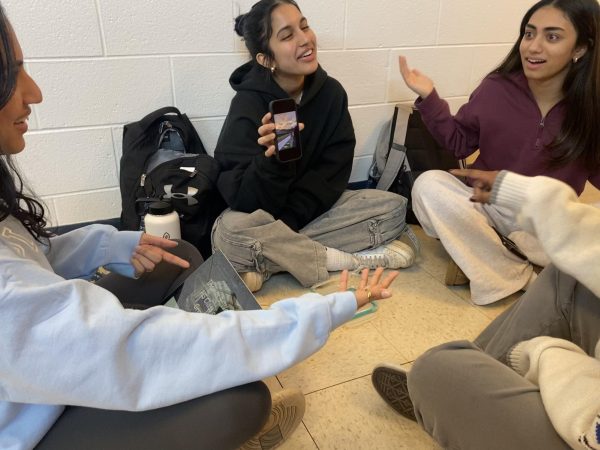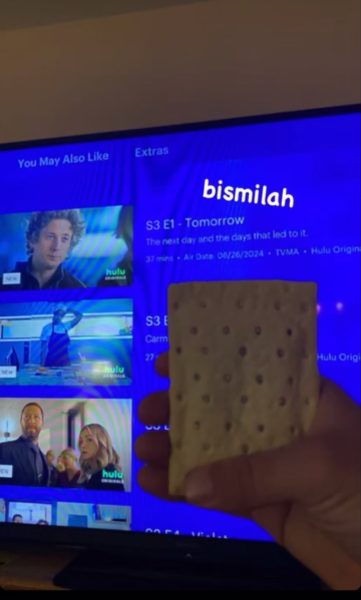The World is Ending: Bus Safety
Students wait at the bus stop after school for the MCDOT Ride On bus to arrive.
The Washington Metropolitan Area had 696 crimes reported on a bus or at a bus stop in 2022, according to Metro Transit Police’s Five Year Crime Report. With bus safety coming into question, the well-being of students who rely on buses as their main mode of transportation is now in jeopardy. Despite buses being an eco-friendly and efficient alternative to cars for transporting large groups of people, can they be considered a safe transport for students? Let’s break down the issue.
There are three dominant types of bus transport students at this school take: school buses, Montgomery County Department of Transportation’s (MCDOT) Ride On buses and Metro buses.
First and most common: the yellow school bus. This school offers 24 bus routes for students in the morning and afternoon, as well as two activity buses that leave school on Tuesdays and Thursdays at 4:35 for students who need to stay late for extracurriculars. “Riding the bus has definitely been very convenient for my life, because my parents can’t always take me to school,” senior Shuayb Oweis said.
Aside from school buses, students have the option to ride the MCDOT Ride On buses. In past years, students could ride for free by simply showing their student ID, but MCDOT is transitioning to using Youth Cruiser SmarTrip® cards to identify students. Currently, 36 high schools, 32 middle schools and three elementary schools in the county offer these cards, including Robert Frost and Cabin John Middle Schools as well as this school. Due to the popularity of the bus with students, the county should “maybe add seatbelts because there are some pretty harsh turns,” Nzang said.
Students take the Ride On not only to get to and from school, but also to commute to Montgomery College, their jobs or simply to travel around when they don’t have access to a car. “I ride the bus five times a week if not more depending on my activities,” senior Zoë Robertson said. “There isn’t any special quality to [the bus] that makes me feel safe, I only feel safe because I know what I’m doing and what to generally expect.”
Lastly, students have the option to ride the Metro bus for a reduced fare of $1.50 by showing their student ID. However, riding the Metro bus introduces them to more dangerous statistics than taking school buses or the Ride On. In 2023 alone, there have been more than four reports of shootings at Metro stations or on Metro buses. “The cameras and the bus drivers that can always see what’s happening” that made Nzang feel safe on the Ride On bus also exist on Metro buses, yet these violent crimes persist.
In February, Metro worker Robert Cunningham was shot and killed while attempting to protect a woman from a gunman at Potomac Avenue Metro Station. The shooter had already wounded others on a Metro bus and was advancing through the station. In March, at Cunningham’s funeral, another shot was fired, although no one was injured. Also in March, but unrelated to Cunningham’s death, 19-year-old Justice T’Ziyan Elliott was shot and killed on a Metro bus in Silver Spring. “To be honest, I’m not sure how we can make buses safer without violating someone’s privacy, to ask them about themselves or refuse someone a ride based on their appearance,” Robertson said.
Although the high number of gun incidents and crime on Metro buses is alarming, school buses and Ride On buses have a clean reputation amongst students as acceptable-enough alternatives to driving when a car isn’t available. Students should take care when using public transportation, and remain aware of their surroundings to ensure their safety, but a ride on the bus is far from a condemnation to death.
At least for students in Montgomery County, it’s safe to say the world isn’t ending… yet.
Your donation will support the student journalists of Thomas S. Wootton High School. Your contribution will allow us to purchase equipment and cover our annual website hosting costs.
Catie is a 2023 graduate.


